In our last installment, we covered the top three book genres: Urban, Dark and Grim Dark Fantasy. Now we will drill down into the Fantasy sub-genre categories.
As stated in previous installments on learning the various sub-genres, knowing all the categories and what makes them different from one another will help you either find the very books you love to read. Or if you are an author, it will help you find the best genre to position your book in the marketplace.
And if you are looking to 'write to market' as some authors do, knowing the expectations and subtle differences between the various genres can help you zero in on what expectations your readership will have.
💥💥 COZY FANTASY 💥💥
Cozy Fantasy is a new sub-genre that was not a thing when bookstores were popular. They are fantasy books but are lighter and less dark. There's often murder and/or other mishaps, but the level of horror is non-existent. Often the story is told with tongue in cheek or a whimsical narration.
Unlike Dark Fantasy or Grim Dark, the characters in a Cozy Fantasy may be flawed but they generally have good hearts. There may be problems being wrestled with, but there is aren't any mean and wretched Charles Dickins like characters. The stories have a general feeling of warmth.
Cozy fantasies are also low stakes stories with small-town charm. There is more focus on interpersonal relationships than elaborate or complicated plotlines. The stories often iinvolves magical elements but in a gentle, inviting or playful way.
They (almost) always have a happy and satisfying ending. Law and order and goodness win the day.
A few classics that would fit under the category of Cozy Fantasy:
- The Secret Garden by Frances Hodgson Burnett: While primarily a children's book, it features elements of magic, healing, and a strong sense of community, aligning with Cozy Fantasy themes.
- Little Women by Louisa May Alcott: This classic novel offers a warm and comforting story focused on family and personal growth, with a touch of magical realism in its depiction of dreams and aspirations.
- The Guernsey Literary and Potato Peel Pie Society by Mary Ann Shaffer and Annie Barrows: This heartwarming tale of community and friendship, set in post-war Guernsey, evokes a cozy atmosphere and gentle magic.
💥💥 MAGICAL REALISM 💥💥
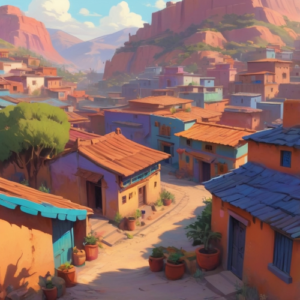 Magical Realism is a newer subgenre too. Magical realism are low fantasy stories as they are rooted in our own world with only one or two fantastical elements -- usually at least one form of magic. They take place in an often-recognizable place and the contemporary world.
Magical Realism is a newer subgenre too. Magical realism are low fantasy stories as they are rooted in our own world with only one or two fantastical elements -- usually at least one form of magic. They take place in an often-recognizable place and the contemporary world.
Books written in the magical realism genre mix a fictional narrative with a little magic. The elements of magic are often introduced into the story without explanation. Characters often react to magical events with indifference or normalcy.
These stories are more realistic than fantasy and this is why often these books are also contained within the literature & fiction category as well.
Although the stories contain a little magic, the narratives are serious and the stories themselves are very realistic. It is a blend of realistic narrative and fantastical elements often presenting them in a matter-of-fact manner. They tend to blur the line between fantasy and reality, creating a sense of wonder and/or disorientation.
While Cozy Fantasy and Low Fantasy also blend magic and reality, Magical Realism is more focused on the unsettling or surreal aspect of the magical elements, often with a sense of underlying mystery or unease.
Three magical realism classics:
- One Hundred Years of Solitude by Gabriel García Márquez: A seminal work of Magical Realism, this novel seamlessly blends fantastical elements into a realistic narrative, creating a rich and unforgettable world.
- Like Water for Chocolate by Laura Esquivel: This popular novel combines magical realism with a coming-of-age story, exploring themes of love, loss, and family with a touch of the extraordinary.
- Beloved by Toni Morrison: While primarily a historical novel, Morrison incorporates elements of magical realism, particularly in its depiction of Sethe's character and her relationship with her deceased daughter.
💥💥 HISTORICAL FANTASY 💥💥
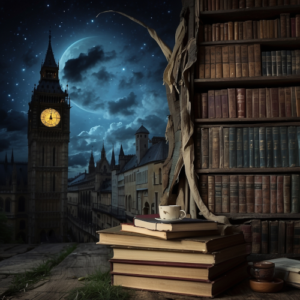
Historical Fantasy blends historical fiction with fantastical elements, creating a narrative set in a specific historical period such as medieval Europe, ancient Rome, or the Victorian era, with magic, mythical creatures, or other supernatural elements. It strives for historical accuracy as it weaves the magical elements and creatures throughout.
It differs from High Fantasy by grounding the story in a recognizable historical context.
Three classic Historical Fantasy books:
- Jonathan Strange & Mr Norrell by Susanna Clarke: This novel is set in early 19th century England, a time when magic is believed to be lost. Two magicians emerge, bringing magic back into the world, but with unexpected consequences. This book masterfully intertwines historical events with magical realism.
- The Once and Future King by T.H. White: Although often categorized as Arthurian legend, this retelling of the King Arthur story incorporates elements of fantasy and magic. The novel explores the life of Arthur from childhood to his reign, blending historical figures with mythical creatures and magical occurrences.
- The Golem and the Jinni by Helene Wecker: This book takes place in late 19th century New York City. It follows the stories of a Golem, a creature of Jewish mythology, and a Jinni, a spirit from Arabian folklore, as they navigate the challenges of their new world. This novel beautifully blends historical fiction with magical realism.
💥💥 ROMANTASY 💥💥
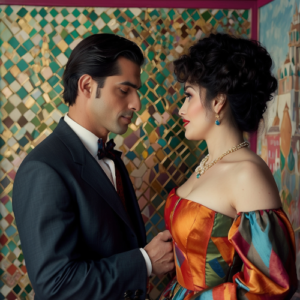
Romantasy is a blend of romance and fantasy genres, where the romantic relationship is as central to the plot as the fantastical elements. It often features strong female protagonists, complex love interests, and immersive fantasy worlds. Equal emphasis is placed on romance and fantasy; in other words, both elements are integral to the story, with neither taking a backseat.
These stories are similar to high or epic fantasy in that they can have a richly detailed fantasy world, but there is as much emphasis put onto the romance. The romance is not just a subplot.
It can be a little harder to isolate three actual romantasy books as this genre is almost too new. But I will list three classics that no one would argue with:
- Wuthering Heights by Emily Brontë: While primarily a gothic romance, this novel incorporates supernatural elements and a passionate, tumultuous love story that echoes the intensity often found in romantasy.
- Pride and Prejudice by Jane Austen: Though not overtly fantastical, Austen's wit and sharp social commentary, combined with the complex romantic relationships, align with some romantasy tropes. It's a classic example of a love story set against a rich social backdrop, a common element in the genre.
- The Secret Garden by Frances Hodgson Burnett:While primarily a children's book, it features elements of magic, mystery, and transformation, often present in romantasy. The blossoming of the garden mirrors the characters' personal growth and the budding romance.
💥💥 STEAMPUNK FANTASY 💥💥
Steampunk Fantasy is also a more modern 'separate book genre'. The classics I list below have been around for sometime and lived under either the general Science Fiction category or historical fiction, depending upon how much Victorian history the story contained versus how much science fiction it contained. .
Steampunk is similar to Urban fantasy but has the addition of Victorian-era technology, in particular, steam and steam-technology. What fog and forests are to gothic books, steam and steam-based technology are to Steampunk. They tend to also add some narrative about Victorian era industrialism, either good or bad. It combines historical events, science fiction and fantasy elements. Stories are usually set within the 19th century or a similar era.
Three classic books are:
- Twenty Thousand Leagues Under the Sea by Jules Verne: This classic adventure novel features advanced technology and underwater exploration, elements often found in Steampunk.
- The Time Machine by H.G. Wells: Though primarily a science fiction novel, it explores themes of technology and time travel that resonate with Steampunk aesthetics.
- From the Earth to the Moon by Jules Verne: Another Verne classic, this novel showcases imaginative technology and space exploration, aligning with Steampunk's fascination with invention.
💥💥 HOPE PUNK FANTASY 💥💥
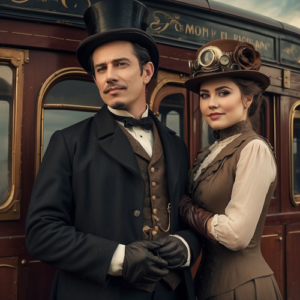 A new subgenre for those who like the steampunk aesthetic and/or urban fantasy, Hope Punk Fantasy contains these elements but without all the hopelessness or grim outlook. The story is more hope and/or happiness based.
A new subgenre for those who like the steampunk aesthetic and/or urban fantasy, Hope Punk Fantasy contains these elements but without all the hopelessness or grim outlook. The story is more hope and/or happiness based.
These books are popular Hopepunk although not quite as old as some of the other cited classics:
- A Psalm for the Wild-Built by Becky Chambers: This novel beautifully captures the essence of Hope Punk with its focus on community, healing, and environmentalism. It presents a hopeful vision of a future where robots and humans coexist peacefully.
- The Long Way to a Small, Angry Planet by Becky Chambers: Another work by Chambers, this novel explores themes of diversity, acceptance, and cooperation, creating a sense of optimism in a challenging universe.
- The Goblin Emperor by Katherine Addison: Although not explicitly labeled Hope Punk, this novel showcases themes of resilience, empathy, and building community in the face of adversity, aligning with the genre's core values.
While these works might not be considered classic bestsellers in the traditional sense, they are influential and widely acclaimed examples of contemporary Hope Punk literature.

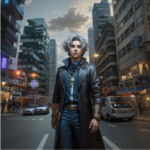
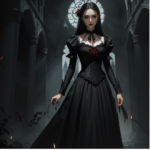
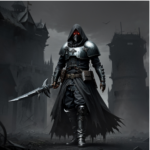
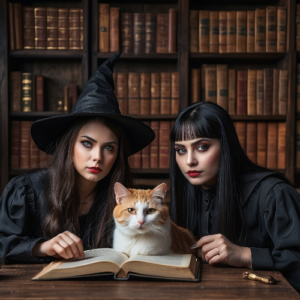
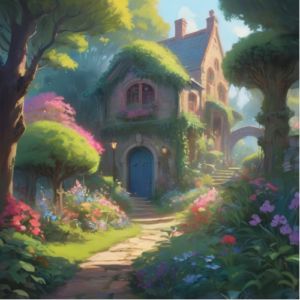
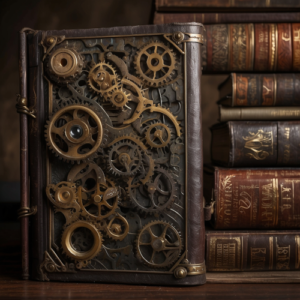
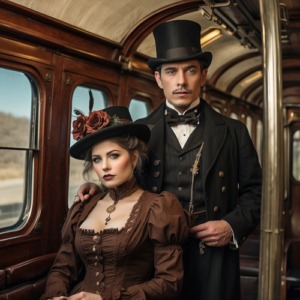
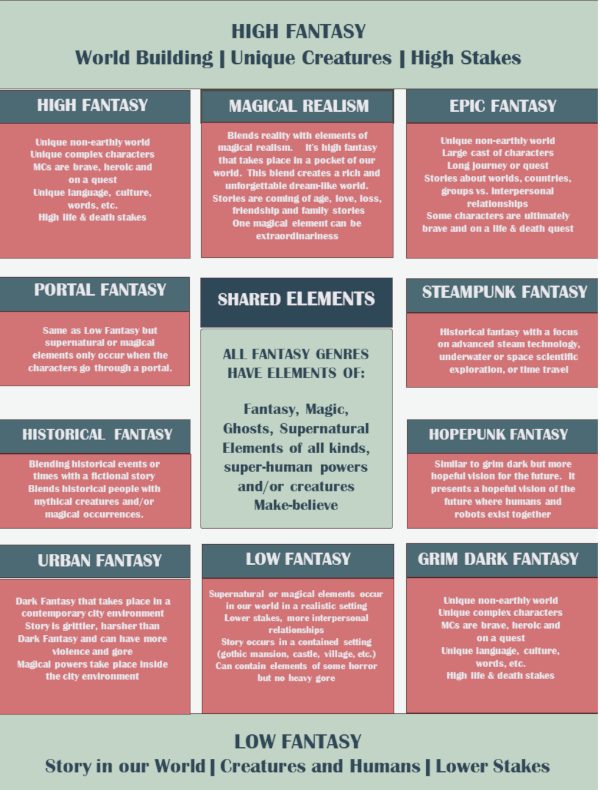
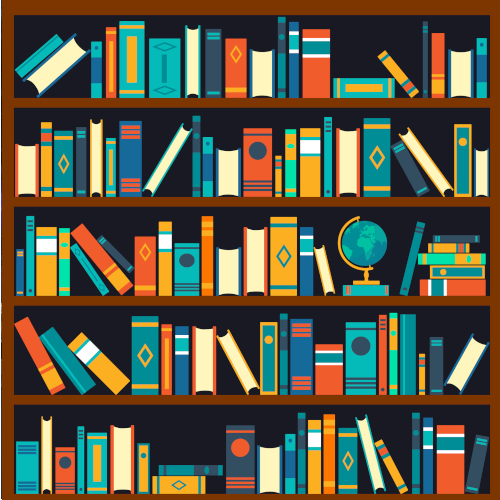 In our last installment, we covered the top three book genres:
In our last installment, we covered the top three book genres: 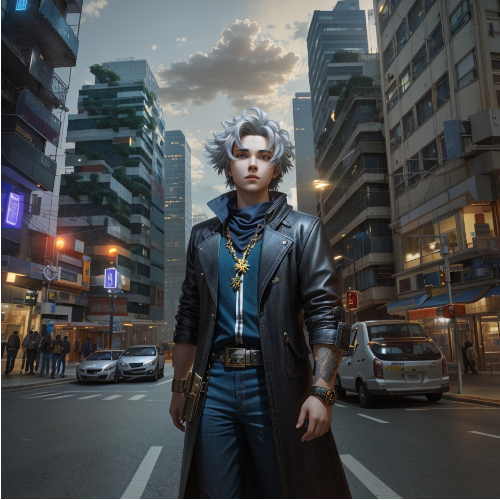
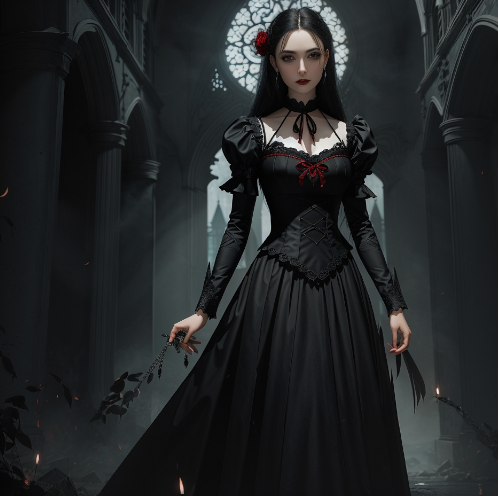
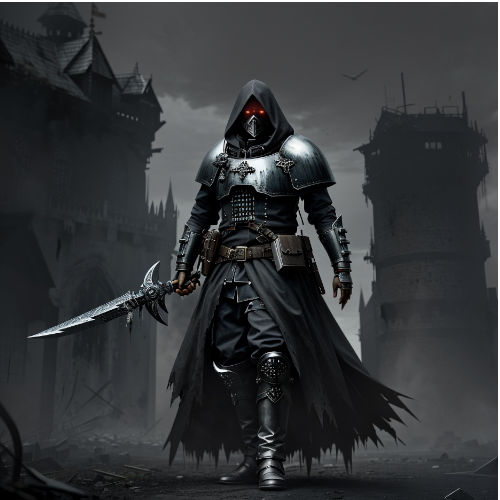
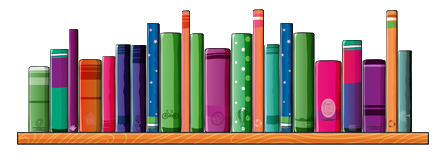 Before Amazon.com became a behemoth online bookseller, there may have been 20 genres in all of Bookdom. It was all based ono the space available, book cases available and how large he bookstore or library was. All fantasy books were in one section of the store. From there, you needed to come through the author names alphabetically or ask a store clerk if they remembered seeing the book. KDP Publishing and the Website whiz kids at Amazon put an end to that over the last decade or two.Now there are multiple genres of Fantasy and each one can be differentiated by a slight difference. Let's take a look at them starting with the three largest categories: High Fantasy, Epic Fantasy and Low Fantasy.
Before Amazon.com became a behemoth online bookseller, there may have been 20 genres in all of Bookdom. It was all based ono the space available, book cases available and how large he bookstore or library was. All fantasy books were in one section of the store. From there, you needed to come through the author names alphabetically or ask a store clerk if they remembered seeing the book. KDP Publishing and the Website whiz kids at Amazon put an end to that over the last decade or two.Now there are multiple genres of Fantasy and each one can be differentiated by a slight difference. Let's take a look at them starting with the three largest categories: High Fantasy, Epic Fantasy and Low Fantasy.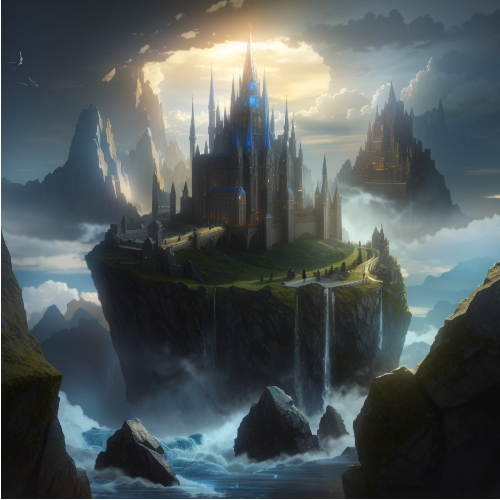 This genre is made up of stories that open up a whole new world, with its own geography, culture and even people -- there could be creatures of any and all kinds. These stories are alive with lots of magic, mythology, legends and folklore. High fantasy usually deals with large-scale problems and conflicts. There are life and death stakes and the main characters are heroes, heroines and most are destined for greatness. Their journey is about fulfilling their destiny and/or saving their world from disaster. High fantasy can be more personal than Epic fantasy. High fantasy can be about personal drama, relationships while Epic Fantasy is usually bigger and more about saving the Kingdoms or a whole group of people.
This genre is made up of stories that open up a whole new world, with its own geography, culture and even people -- there could be creatures of any and all kinds. These stories are alive with lots of magic, mythology, legends and folklore. High fantasy usually deals with large-scale problems and conflicts. There are life and death stakes and the main characters are heroes, heroines and most are destined for greatness. Their journey is about fulfilling their destiny and/or saving their world from disaster. High fantasy can be more personal than Epic fantasy. High fantasy can be about personal drama, relationships while Epic Fantasy is usually bigger and more about saving the Kingdoms or a whole group of people.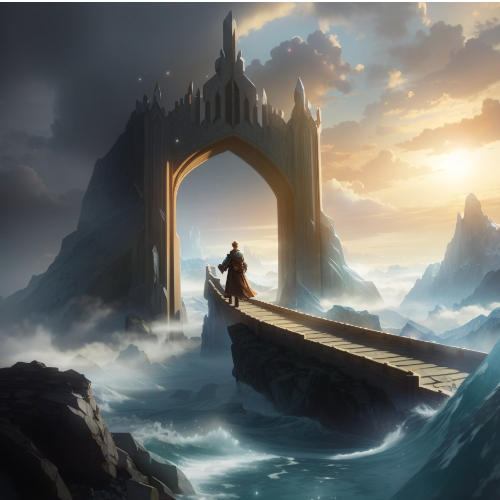 Epic fantasy is very similar to High Fantasy in that it introduces the reader to a whole world conjured up by the author, with a unique geography, weather, history and creatures. Epic fantasy also has lots of magic and other worldly powers, all of which have rules and boundaries that are followed. Epic fantasy can have folklore, but there is more of an emphasis on myths and legends that are weaved in and out of the story.
Epic fantasy is very similar to High Fantasy in that it introduces the reader to a whole world conjured up by the author, with a unique geography, weather, history and creatures. Epic fantasy also has lots of magic and other worldly powers, all of which have rules and boundaries that are followed. Epic fantasy can have folklore, but there is more of an emphasis on myths and legends that are weaved in and out of the story.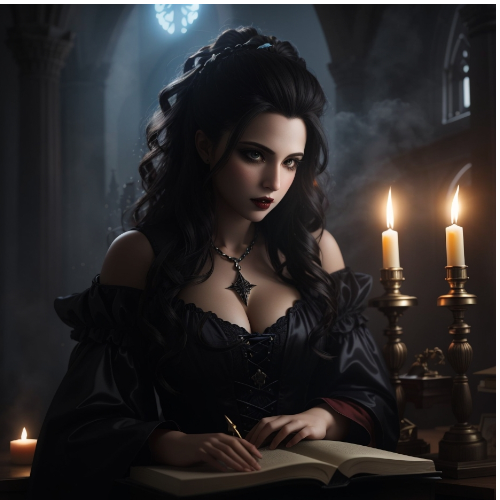 When I first heard of this genre and found out that many vampire books fit into this category, I wasn't happy. It sounds awful -- 'low fantasy'. What kind of a name is that? However, the low fantasy refers to the level of magic and world-building that takes place in a low fantasy book.
When I first heard of this genre and found out that many vampire books fit into this category, I wasn't happy. It sounds awful -- 'low fantasy'. What kind of a name is that? However, the low fantasy refers to the level of magic and world-building that takes place in a low fantasy book.